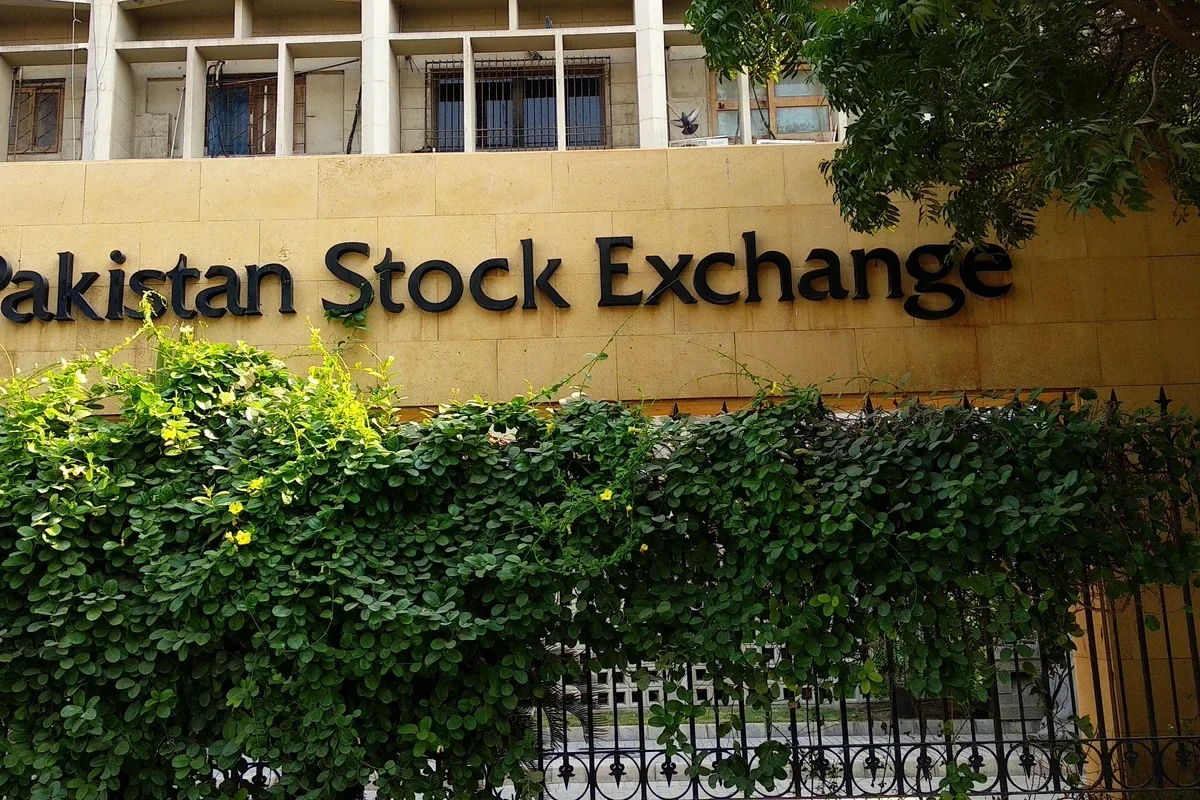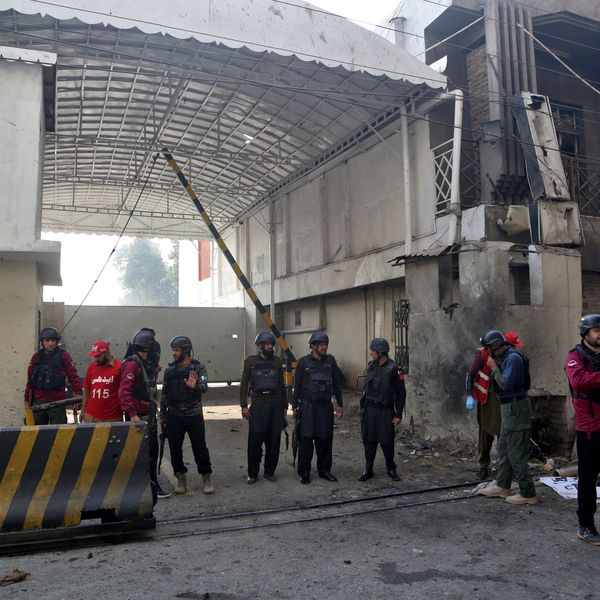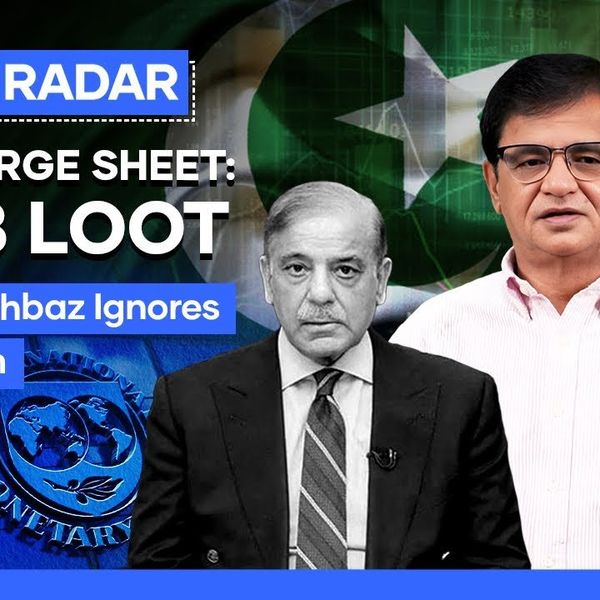Pakistan stocks post marginal recovery, outlook remains positive on rate cut hopes
FY26 budget, inflation data to set near-term direction; KSE-100 targets 165K by year-end
Business Desk
The Business Desk tracks economic trends, market movements, and business developments, offering analysis of both local and global financial news.

Pakistan stocks staged a marginal recovery in the outgoing week and are expected to stay positive going forward on expectations of further monetary easing in June.
An analyst from AKD Securities said the market is expected to remain bullish in the coming weeks, with developments around the upcoming federal budget likely to drive short-term sentiment.
There is also room for a rate cut in the upcoming Monetary Policy Committee (MPC) meeting, as the firm’s forecast for FY26 inflation stands at 7.0%.
The KSE-100 Index is anticipated to sustain its upward trajectory, with a target of 165,215 points by December 2025.
This is primarily driven by strong earnings in fertilizers, sustained returns on equity (ROEs) in banks, and improving cash flows of exploration and production (E&P) firms and oil marketing companies (OMCs), benefiting from falling interest rates and economic stability.
The forthcoming Consumer Price Index (CPI) figures for May 2025—where analysts at Arif Habib Limited expect inflation to clock in at 3.04%—will be closely watched. The market is also awaiting further clarity on the FY26 budget.
The KSE-100 Index recovered during the week ended May 30, 2025, closing at 119,691 points, up 0.5%.
In May, the Pakistan equity market recorded a 7.5% gain despite turbulence caused by tensions with India. A ceasefire, the timely release of $1 billion in funding from the International Monetary Fund (IMF), and a cut in interest rates played pivotal roles in sustaining bullish sentiment.
The KSE-100 fell below 104,000 points at the height of Pakistan-India tensions but rebounded to 120,000 points after the ceasefire. It eventually closed the month with a 7.5% return.
Extreme volatility boosted trading activity, with average daily turnover reaching $141 million, offsetting the usual lull ahead of the budget announcement. The market was also supported by a 100-basis-point cut in the policy rate to 11.0%, the release of the IMF’s second tranche of $1 billion, and reported progress in trade talks with the U.S.
Foreign corporates remained net sellers, while local insurance companies added to positions after aggressively selling in April.
The near-term outlook hinges on the FY26 budget, due in June.
In May 2025, the KSE-100 went through a volatile period, primarily influenced by geopolitical tensions.
During the first week of May, the index remained under pressure amid heightened Pakistan-India tensions, recording its steepest-ever single-day decline of 6,482 points on May 8 to close at 103,527.
However, as geopolitical concerns eased, investor confidence rebounded, leading to a record one-day gain of 10,123 points (9.45%) to close at 117,298.
Average daily volumes in May settled at 566 million shares, up 9.2% month-over-month, while traded value declined by 11.3% to $99.8 million.
Foreign investors sold $13 million worth of shares, mainly in textiles ($8.5 million), E&P ($6.1 million), power ($3.2 million), food producers ($2.7 million), and fertilizers ($1.8 million).
Net buying was recorded in commercial banks ($9.6 million) and OMCs ($2.1 million).
Currency and Commodities
The Pakistani rupee weakened against the U.S. dollar, losing 5 paisas to close at 282.02, pressured by external payments and geopolitical uncertainty. Since Jan. 1, the rupee has depreciated 1.21%, and since July 1, 2024, it has fallen 1.29%.
Gold prices declined 0.6% to 348,600 rupees per tola, tracking a global adjustment. A strong U.S. dollar and tariff uncertainty weighed on bullion.
U.S. core Personal Consumption Expenditures (PCE) dipped in April, but strong economic data lifted yields, dampening gold’s appeal.










Comments
See what people are discussing